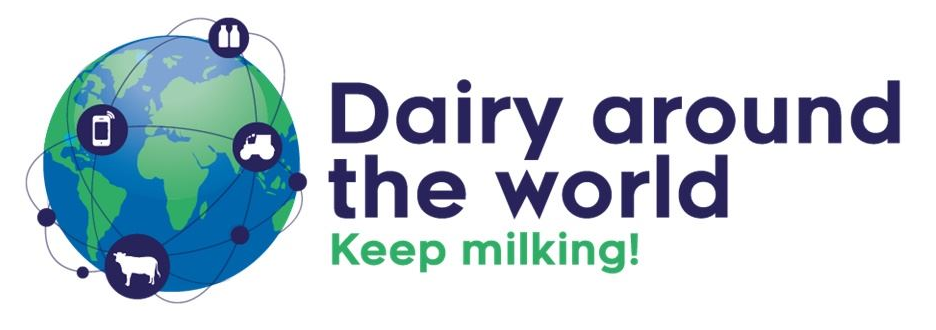Internet of Things
Innovation in agriculture is constant and necessary for the sake of productive efficiency. We currently work with highly specialized hardware and standalone equipment that are extremely efficient with real-time information gathering. Today the maximum production on several farms has been achieved thanks to agriculture 4.0 which aims to collect, integrate and process information through sensors, internet and software. Algorithms are used for this large number of data collected, “big data”, transforming the information into numbers that aid in decision making.
The news in the agricultural sector is always intended to generate production and/or management improvements. The market is continuously launching innovations to catalyze operations making production easier to operate, more efficient and more sustainable. The “Internet of Things” (IoT) is already present in agriculture to boost productive capacity. Understanding the benefits of investing in these and other technologies is essential, as their goal in the digital environment is simple: to help the producer, maximize their profits and optimize operations.
The Internet of Things is an extension of today’s Internet. With it, these computing and communication-capable objects (hardware) can connect to the Internet. These hardware devices have sensors that are supported by various information (performing data collection). The data collected itself is not enough, so advanced features, which we call algorithms existing in software, are needed to gain actionable insights based on the collected data. The information is saved in the cloud and can be accessed over the Internet. The farmer then makes decisions based on the data that is currently collected and analyzed.
In dairy farming for example, we have the Real Time Location System (RTLS). This sensor has been widely used on farms in Europe. With this system the farmer knows how long the cows are lying down or standing/ walking. That says a lot about animal welfare. If a cow is lying too long, she is probably sick. The RTLS system uses data collected and analyzed by the algorithms to warn the producer via an alert (received by the tablet, desktop or smartphone) when it detects a potentially sick animal based on its movement analysis. This type of system, due to the algorithms existing in the software, can anticipate information days before the event happens. To diagnose animal’s disease in advance means greater treatment efficiency and lower production loss. Also, this type of system sends signals that animals may be in heat, and the exact information of where the animals are located, saving time of searching in the barn.
In agriculture, we can mention the Climate Monitoring Sensors for crops. With them it is possible to integrate several intelligent sensors in the field to obtain a complete weather station. Various information such as air and soil humidity, temperature, and solar radiation received by plants can be collected by the sensors. It is then easily be available to farmers in real time. Irrigation can be automatically scheduled considering all information, optimizing water use. The success of agriculture 4.0 is due to a perfect triad: hardware has sensors to capture information, IoT collects data and makes it available to the software through algorithms which process the data.
Tons of information is already collected 24/7, and returned to the farmer in an intelligent way. Through this data, it is possible to have better control over farm management process, enabling early decision making, lower production risks, better planning, and consequently better results.
Nayara Magalhães Gonçalves
Veterinary Graduated at Federal University of Vicosa – MG
Market Support and Development Manager at UNIFORM-Agri



